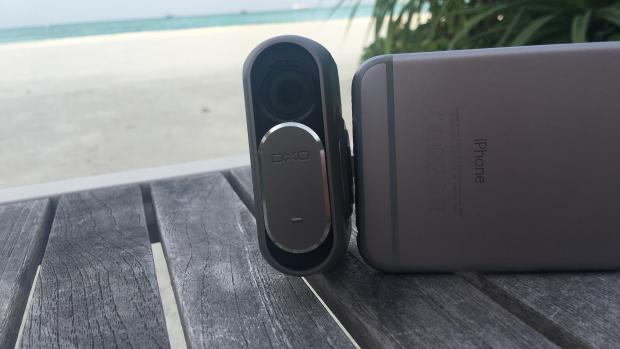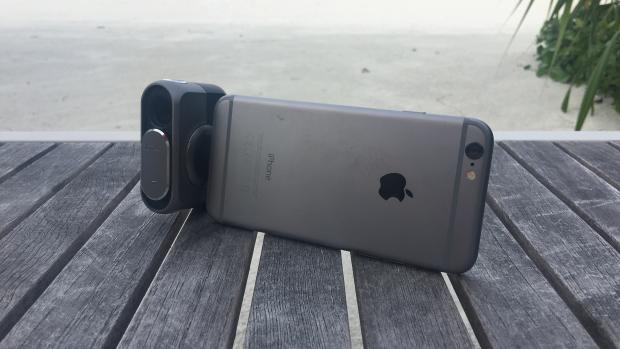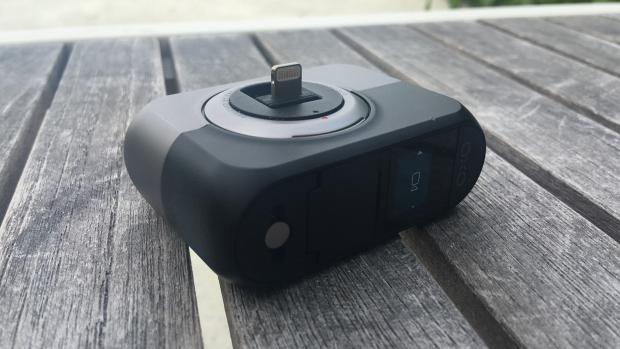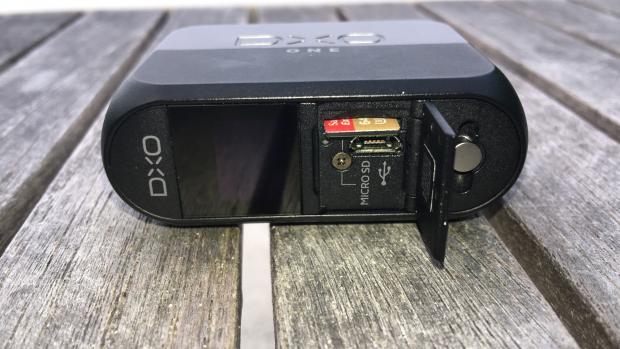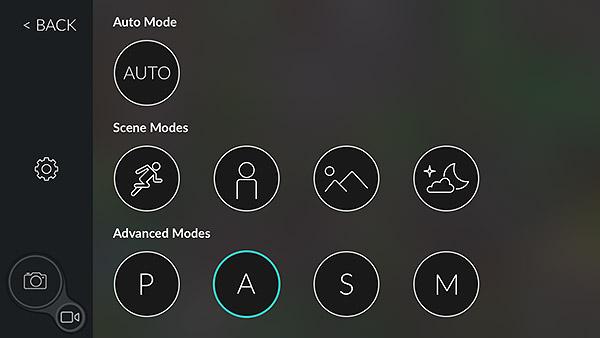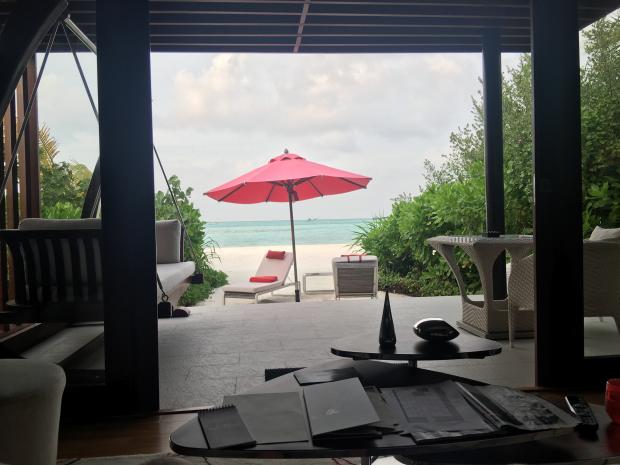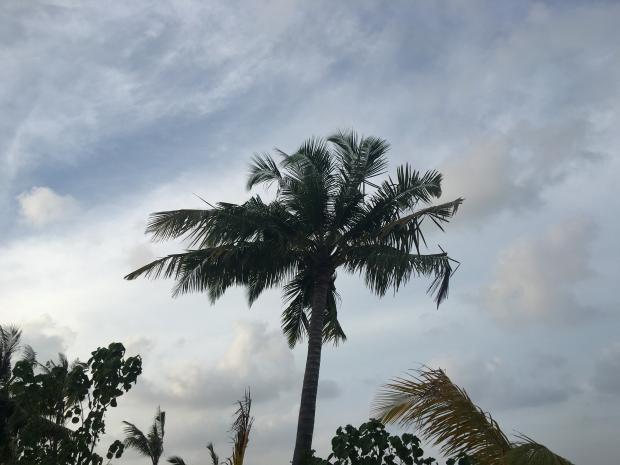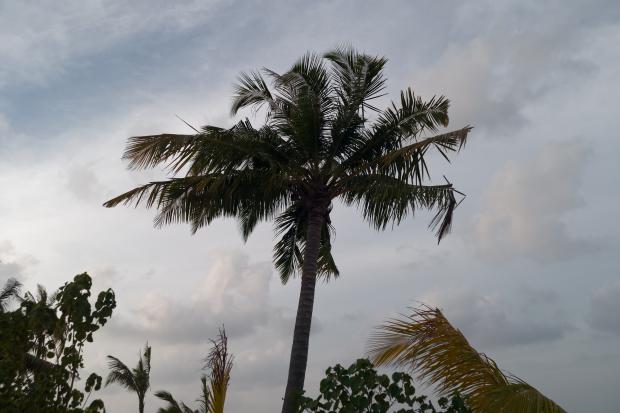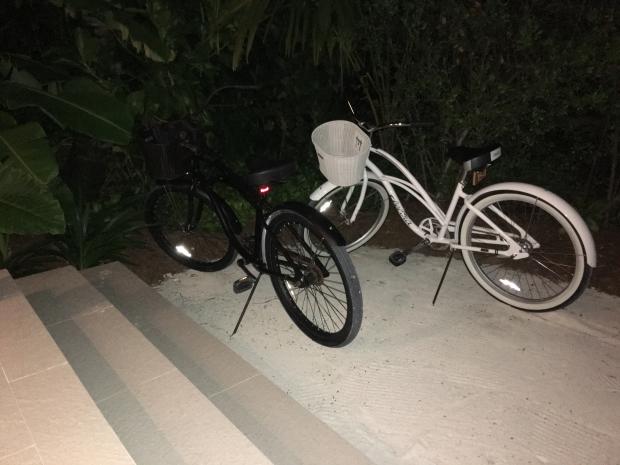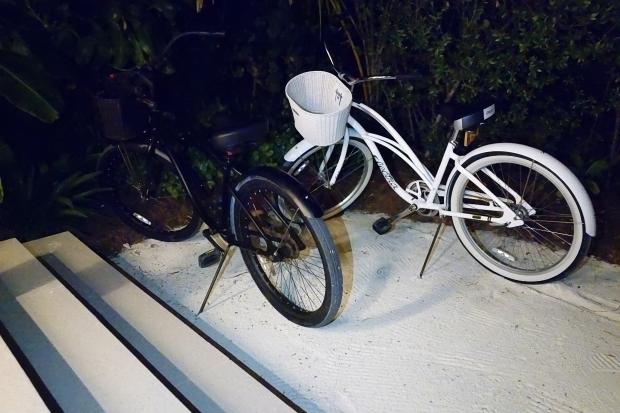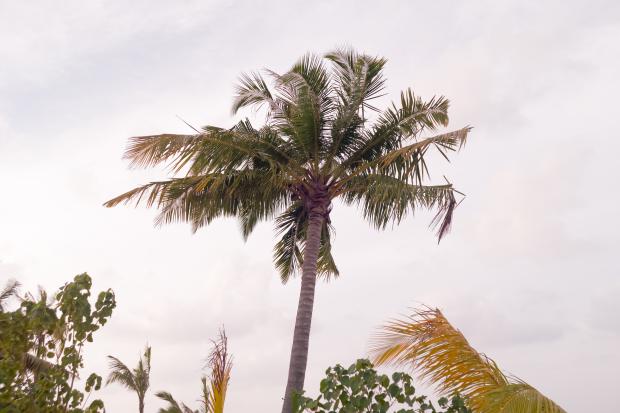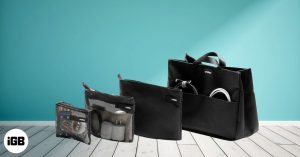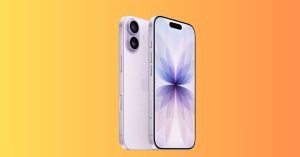DXO One review
As good as smartphone cameras are, the phones’ slim bodies and comparatively small sensors are always going to limit their image quality, particularly in low light. One alternative is to make a separate camera that connects to your phone, such as the 20-megapixel DXO One connected camera, which plugs into your iPhone via the Lightning port. Given that it can use your phone for GPS, Wi-Fi and as a viewfinder, it means that the DXO One can be stripped back, making it rather tiny, confined to a matchbox-sized case.
A bigger sensor and RAW mode
Designed as an upgrade to the iPhone’s camera, the DXO One has a 1in sensor. It’s the same sensor as used in the Sony RX 100 III, which is one of the best compact cameras that Expert Reviews has ever reviewed. On top of that, the One can also shoot in DNG RAW mode, so you’ve got loads of post-processing options if you want to take your images into Lightroom. With the One taking its own microSD card, you don’t have to worry about filling up your phone with loads of shots, either; however, you can save photos directly to your phone’s camera roll. Certainly, from this information![]() , the DXO One seems like a big improvement and a rather clever iPhone addition for the keen photographer, but there are some rather big problems that get in its way.
, the DXO One seems like a big improvement and a rather clever iPhone addition for the keen photographer, but there are some rather big problems that get in its way.
Usability and battery life
My first problem with the DXO One is that the Lightning port just isn’t designed for this kind of attachment and there’s nothing to keep the camera in place. It’s a particular problem if you’re shooting with an iPhone 6S Plus, as I was, as it’s tricky to keep everything together without dropping your phone. Even if you do manage to keep everything together, doing so without getting your fingers in front of the DXO One’s lens is a trick all unto itself. With the Apple TV remote, Apple engineered the Lightning port to take the clip-in wrist strap; the DXO One desperately needs something similar, but it seems unlikely as there’s nothing for Apple to gain by doing this.
The One is also listed as compatible with the iPad range from the iPad 4 onwards: it’s hard to describe just how difficult it would be to use when attached to something even bigger than an iPhone 6S Plus. Essentially, support is just listed because the DXO One will work with the tablets, rather than you should use it with an iPad.
Assuming that you do manage to make yourself comfortable, there are a few other issues to overcome. The main one is that the One isn’t allowed to draw power through the Lightning connector, so it has to have its own integral battery. It’s rated for around 200 photos only and ran out of power relatively quickly in my tests. Once it’s out of power, that’s it: you can’t use the camera for anything, even if your phone’s sitting pretty with a 100% battery life. To save battery power, the One will switch into a power saving mode, but it wasn’t always easy to wake it up: I quite often had to resort to turning the camera completely off, before turning it back on again.
To round it all off, the One doesn’t even have a flash. Instead, the software is capable of turning on your phone’s LED flash permanently, as with the Torch option in Control Centre. You can get some acceptable results with objects in the distance, but try and use this option close-up to take a portrait and the resulting photo is horribly over exposed.
DXO App
Although you can use the DXO One handheld, pointing it at your subject and hitting the shutter button on top, you have to connect it to your phone and the app to get the best results and to get a viewfinder. The V1.3 update (out now) lets you use the small display on the back of the camera to line-up shots, although as soon as you start using the camera without your iPhone, it makes more sense to me to buy a full camera with its own screen.
So, even with the new update, the app is the best way to use the camera, as it gives you a live view and full control![]() . As well as pre-defined scene modes, you can choose to shoot in aperture, shutter and manual modes. You also have full control over the ISO setting (80 to 51200). In this regard, the DXO One is far more flexible than most smartphone cameras, giving you access to the controls that really matter.
. As well as pre-defined scene modes, you can choose to shoot in aperture, shutter and manual modes. You also have full control over the ISO setting (80 to 51200). In this regard, the DXO One is far more flexible than most smartphone cameras, giving you access to the controls that really matter.
Image quality
What about image quality, then? Well, the results are rather mixed, depending on what you’re trying to shoot. One problem that I had is that the minimum focal range of 20cm, isn’t particularly close, so trying to shoot small objects close-up becomes difficult. It’s even harder, because there’s no optical zoom, so you can’t even stand back and zoom in on your target. As you can see from the photos below of the hermit crab, the iPhone (top) focuses closer than the DXO One (below), resulting in a clearer image.
iPhone 6S Plus: f/2.2, 1/582s
DXO One: f1/8, 1/3,200s
In general, the iPhone produces better exposures in most situations. It typically picks the best exposure and can automatically switch to HDR mode if it needs to. By comparison, the DXO One’s shots are often a little dull and the dynamic range isn’t as good. You can compare the iPhone to the DXO One in the shots below (iPhone is always top and the DXO One always bottom).
iPhone 6S Plus: f/2.2, 1/121s
DXO One: f/3.2, 1/500s
iPhone 6S Plus: f/2.2, 1/1,148s
DXO One: f/9, 1/200s
iPhone 6S Plus: f/2.2, 1/761s
DXO One: f/1.8, 1/4,000
In fact, it’s only when you get a beautifully bright day that the quality, as in the shots below, that the DXO One’s default exposure matches that of the iPhone. When comparing these two shots, the 20-megapixel One really shows off its strength. With that many pixels, it’s photos are clearly more detailed than the iPhone’s, particularly when you zoom in. This fine detail isn’t something that the iPhone can replicate and the One clearly has the advantage.
iPhone 6S Plus: f/2.2, 1/1,748s
DXO One: f/9, 1/320s
Low-light performance from the One is generally better, too. Thanks to its comparatively large sensor, the One shoots cleaner, less noisy images than its smartphone competition. However, as mentioned above, the iPhone can shoot where you need a flash, but the DXO One really isn’t very good and can only turn the LED on permanently.
iPhone 6S Plus: f/2.2, 1/17s
DXO One: f/1.8, 1/50s
The DXO one has a final advantage: RAW mode. If you shoot in RAW mode, then you’ve got a lot more adjustment than with the iPhone. Dropping photos into Lightroom, you can really bring out the detail in shots, correcting any of the problems that you might have had, such as boosting the exposure. The downside is that you have to wait until you’re near a computer before you can get the best out of your photos.
This is the Palm tree shot from above, processed in Lightroom to show how much more detail there is in RAW mode
Super RAW
As well as the regular RAW mode, the DXO has a SuperRAW mode. This takes four RAW shots in quick succession, so you can then use the DXO Optics Pro software to process and combine the shots into one, reducing image noise. It sounds great, but the process to convert the images took an absolute age on my MacBook Pro: after 23 minutes, it had only converted 12 images. In addition, my MacBook started to get very hot, thanks to the processor usage going over 100%, and battery life just fell through the floor. It’s just not worth the effort, in my opinion, and standard RAW mode is better.
Conclusion
The acid test for a product like this is how much you use it. During my time with the DXO One, I found it more of a chore than a pleasure to use. It’s simply too fiddly to use conveniently, the iPhone typically produces better-exposed images with more dynamic range (unedited), and it’s disappointing that there’s no optical zoom and flash. DXO has recently dropped the price to £399 by removing the bundled software to process RAW and SuperRAW images, but this is still a lot to pay. Personally, I’d rather keep my iPhone 6S Plus and use its camera. If you’re looking for better image quality in a compact body, the Sony RX100 III costs around £550 and the brilliant Canon G9X is even cheaper at £379. You can find other alternatives in the Expert Reviews best camera guide.


